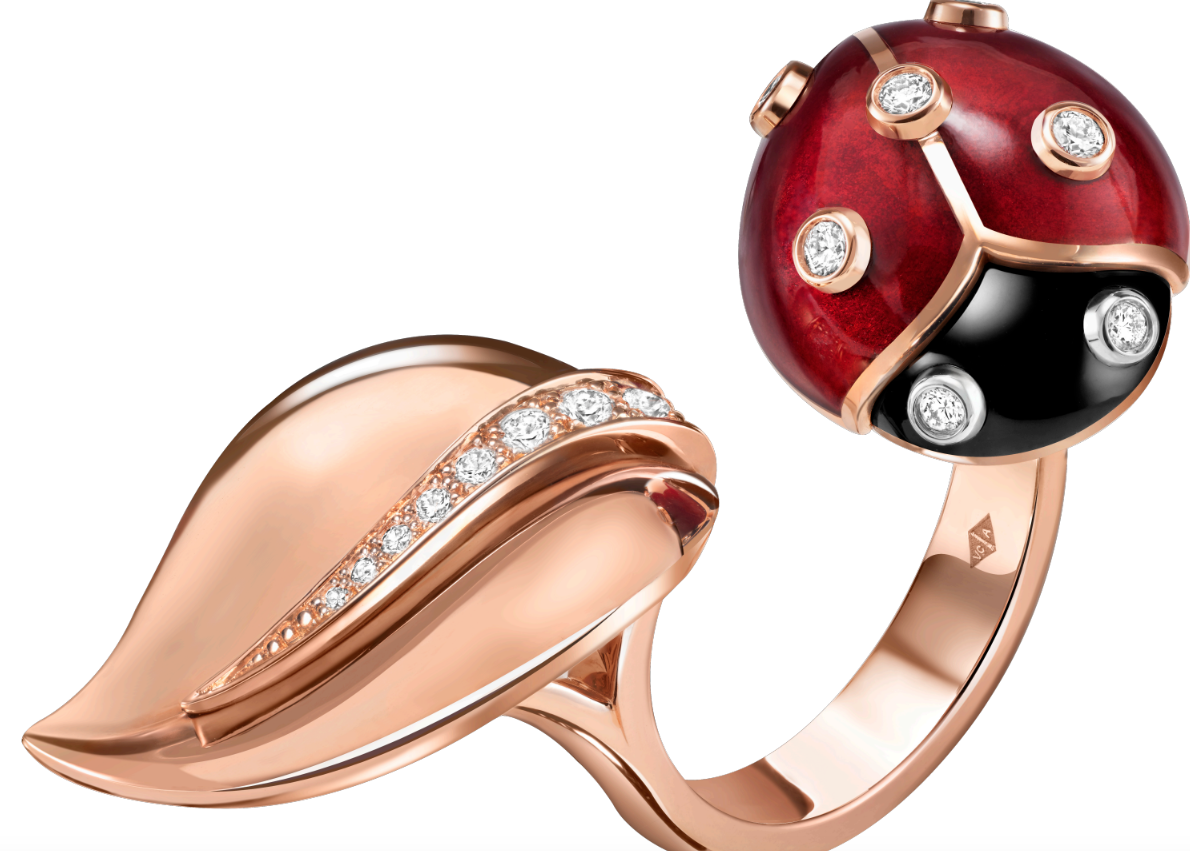Jaeger-LeCoultre: The Atmos and the Master Control
Apr 29, 2017

This year is the 25th anniversary of the introduction of the Jaeger-LeCoultre Master Control line of watches. So the watchmaker presented at SIHH three new models sporting useful complications: the Master Control Date, the Master Control Chronograph and the Master Control Geographic.
Post from RICOH THETA. – Spherical Image – RICOH THETA
The name of the Master Control line is derived from the Jaeger-LeCoultre 1,000 Hours Control in-house certification, instituted in 1992. The six weeks of testing required for certification is meant to check that the watches are reliable. They are tested to see if they can stand up to changes in temperature, to shocks and to submersion in water, among other things. These days all Jaeger-LeCoultre models are tested in this way. But the Jaeger-LeCoultre 1,000 Hours Control in-house certification is still the sine qua non of the Master Control line.
In coming up with its three new Master Control timepieces, Jaeger-LeCoultre rummaged among their antecedents for inspiration. All three have a vintage look, with their skeletonised baton hands and touches of blue on the dial to contrast with the black markers. The watch face has a two-tone dial with a satin-brushed finish on the periphery and an opaline finish in the centre, so the light bounces off each at a different angle. All the watches have a blue alligator strap to accentuate the blue theme.

Of the three new watches, the Jaeger-LeCoultre Master Control Date has by far the cleanest look, and is the most charming. The dial is clearly legible, having Arabic numerals at 6 o’clock, 9 o’clock and 12 o’clock, and a date window at 3 o’clock. This makes it a timepiece for day-to-day use, suitable for casual and dressy occasions alike. It is housed in a case 39mm in diameter and 8.5mm thick. The Jaeger-LeCoultre in-house movement has an oscillating weight made of 22k gold, visible through the display caseback.

A chronograph is a complication that is always popular among watch enthusiasts, so the Jaeger-LeCoultre Master Chronograph is sure to have wide appeal. The two-register layout and the two push-pieces give the timepiece a vintage appearance. The sub-dial at 9 o’clock counts 12 hours, the sub-dial at 3 o’clock counts 30 minutes, and the tachymeter runs discreetly around the dial, making all of the information readable at a glance. The watch is more conspicuous than the Master Control Date because it is wider and thicker. Unlike the Master Control Date, the Master Chronograph has no transparent caseback.

The Jaeger-LeCoultre Master Geographic has its second time zone at 6 o’clock, an unusual position. The aperture at the bottom of the dial shows the name of a city in each of 24 time zones around the world. Use the crown at 10 o’clock to display the name of the city in the desired time zone, and the watch instantly does the rest. Among the three new models, this watch has the busiest dial, so it is less elegant than the others. But the time zone complication may be useful enough to make waverers opt to buy it.
Post from RICOH THETA. – Spherical Image – RICOH THETA
Jaeger-LeCoultre unveiled at SIHH its new Atmos 568, designed by Marc Newson. The Jaeger-LeCoultre Atmos was invented in 1928. It is a clock designed to run independently, without any human intervention. Inside the movement is an elastic capsule containing a mixture of gases. When the temperature rises or falls, the gases expand or contract, making the capsule expand or contract. The capsule is connected to the drive spring of the clock by a golden chain. As the capsule grows and shrinks, it pulls the chain back and forth, and so winds the clock. A change in temperature of one degree Centigrade is enough to keep the clock running for about two days. Unless the temperature remains constant, it is a perpetual motion device.

At first glance, the version of the clock designed by Newson gives the appearance of floating in its container, a crystal cube with rounded corners. Closer inspection reveals that the clock is anchored at four points. Newson chose crystal as the material for the container because of its aesthetic appeal, and because it is transparent, allowing the movement of the clock to be seen. Large blue hands on the clock face indicate the time. The clock also indicates the month and the phase of the moon, which will remain accurate to the day for 3,861 years.
































